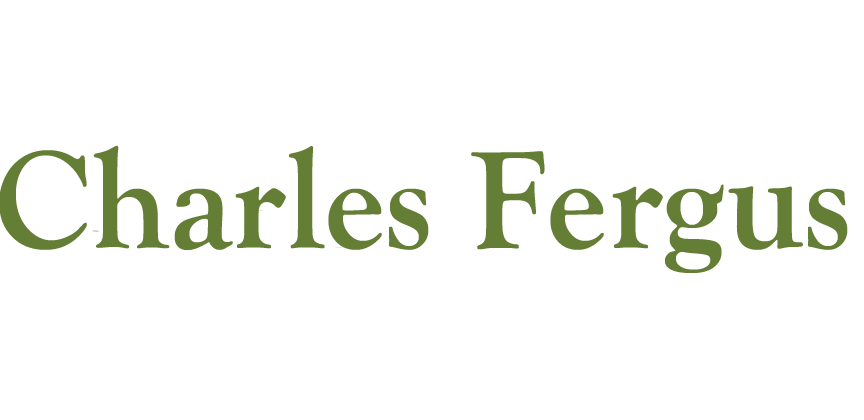Singing in My Mysteries
/In the 1800s, music created by regular folks played a much larger role in life than it does today. People didn’t have TV or radio or CD players or YouTube or Spotify or iTunes for passively enjoying music. They made their music, by playing whistles, horns, flutes, fiddles, melodeons. They sang, in parlors and taverns and barbershops and on village greens and in churches.
I’ve been a singer most of my life. I can still remember songs my dad used to sing (generally off key). Hymns from church. Songs from grade school in the late 1950s and the ‘60s. I sang in a church youth choir and in junior and senior high choruses. As an adult, I sing in the shower, when I’m driving a car, and when riding my horse. In my fifties, I sang in a barbershop quartet: Learning to create that exacting a cappella harmony taught me to listen carefully and blend my voice with those of others.
I sing in a hospice chorus (currently suspended because of the pandemic). Our 20 or so members know more than 150 songs from many different cultures and genres. Groups of four or five of us sing for folks in hospice care, and for their friends and families gathered around. At times we have sung for people who were actively dying. It’s a privilege and a deeply moving experience to be invited into that personal setting of love, grief, and passage.
I’m also one third of an amateur singing trio called Yestermorn. Steve Maleski (tenor), Suzanne Rhodes (alto), and I (baritone) specialize in American roots music: folk, Appalachian, spiritual, and shape note songs.
Yestermorn. Left to right: Charles Fergus, Suzanne Rhodes, and Steve Maleski. Photo by Julie Lang.

